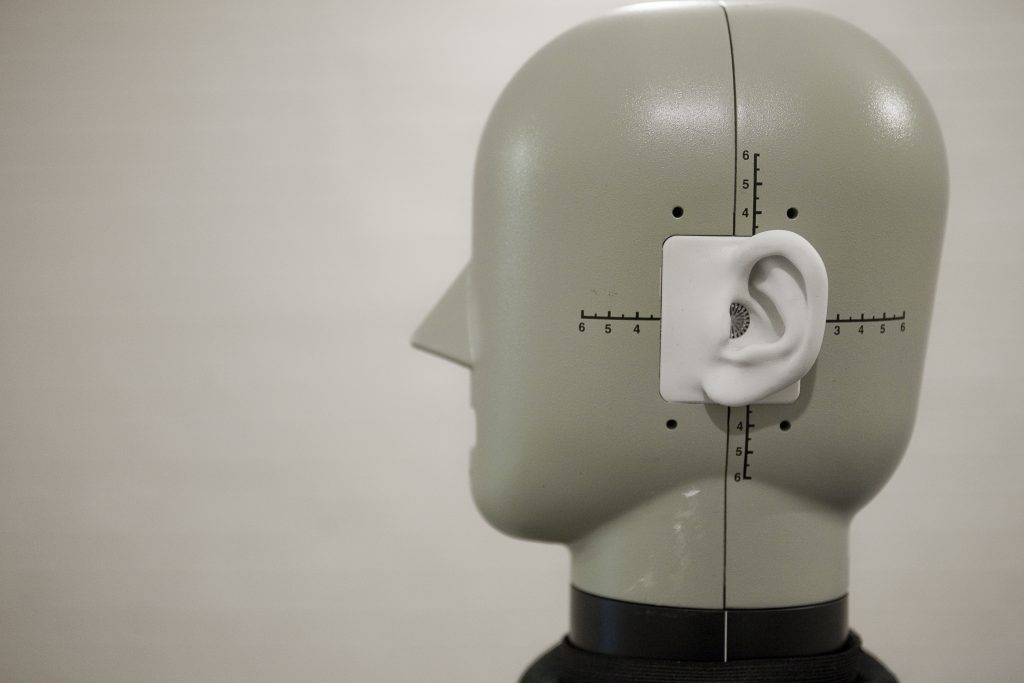Hybrid: Newton 241 or Microsoft Teams Join the meeting now Meeting ID: 345 520 840 202 6 Passcode: ih7vF6Ya
Machine Learning-Based Prediction of Air Source Heat Pump Noise Annoyance
Volkan Acun, Simone Graetzer, and Antonio J. Torija Martinez, University of Salford
Air Source Heat Pumps (ASHPs) are pivotal in decarbonising domestic heating and air conditioning, yet noise emissions remain a significant barrier to their wider adoption. This paper presents a machine learning-based approach to predicting annoyance caused by ASHP noise emissions to address the complexity of human perception of noise by integrating psychoacoustic metrics, emotional responses, and demographic factors. Seven predictive models were evaluated, including tree-based methods (Gradient Boosting and Random Forest) and traditional regression approaches (Support Vector Machine, Lasso, Linear Regression, Ridge, and ElasticNet). Among these, the Gradient Boosting method demonstrated superior performance (test R² = 0.846, RMSE = 0.910) compared to linear methods, highlighting the non-linear nature of annoyance response. Feature importance analysis revealed emotional responses (Arousal and Valence) as the dominant predictors, collectively accounting for 92.3% of the model’s predictive capability, while Zwicker’s Psychoacoustic Annoyance (PA) and Tonality showed moderate correlations with these emotional factors, suggesting indirect influence and mediation effect. Despite limitations in available training data that did not allow full implementation of neural network approaches, the current model provides a robust foundation for predicting annoyance caused by ASHP noise emissions and highlighting the impact of subjective perception.
The effects of time-variant characteristics of unmanned aircraft system noise on reported annoyance
Zuzanna Podwinska, University of Salford
Flight missions of Unmanned Aircraft Systems (UAS) are inherently unsteady due to the complex interactions between the environment (e.g., wind conditions) and the operative flight control system. These interactions result in the unsteadiness of the acoustic footprint, which affects psychoacoustic attributes even during apparently stable operations like hovering. This study investigated how time-varying characteristics of noise produced by hovering multi-rotor UAS affect human annoyance ratings. An in-house framework for synthesis and auralisation was applied to generate a corpus of UAS noise stimuli. The synthesis method allowed the modification of time-variant attributes of both the tonal and broadband components by altering frequency and amplitude modulation parameters. The stimuli were evaluated in a listening experiment in which participants were asked to rate their short-term annoyance in a relative magnitude estimation task. An analysis with mixed-effects linear models revealed that higher modulation depth and lower modulation frequency resulted in sounds rated as more annoying. Additionally, modulation parameters changing over time, particularly aperiodic modulation functions and signals with non-zero slope, produced less annoying sound than constant parameters. Overall, the results emphasise the importance of time-varying characteristics of sound for reported noise annoyance, with potential implications for flight control optimisation of UAS for lower noise annoyance.
